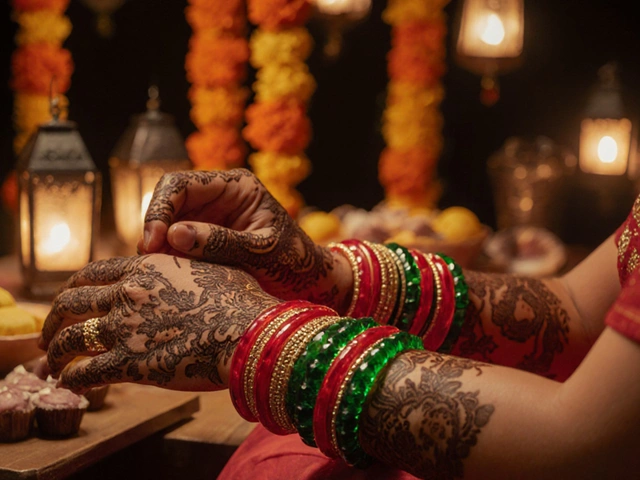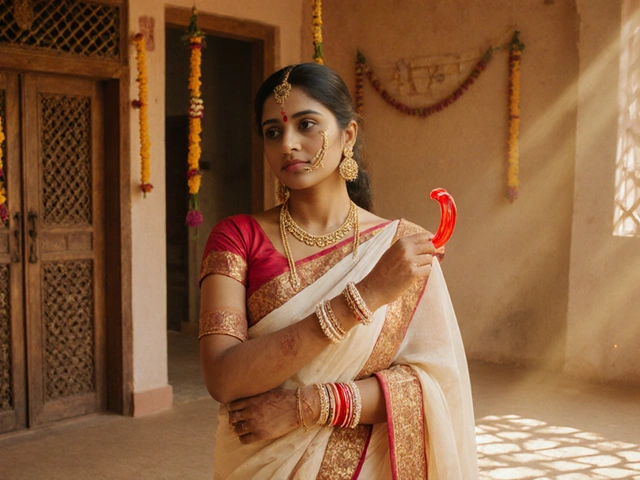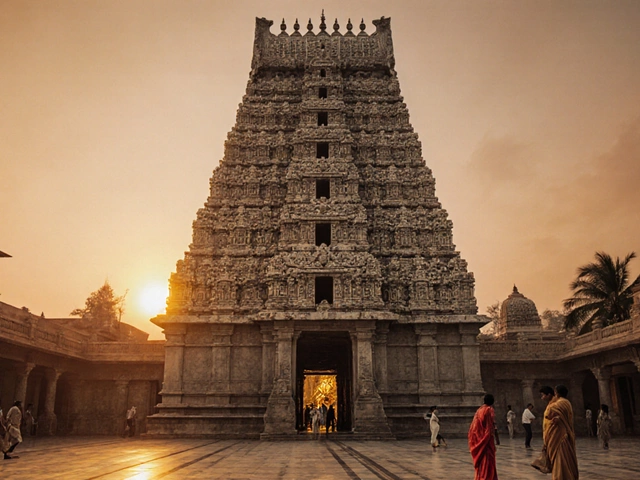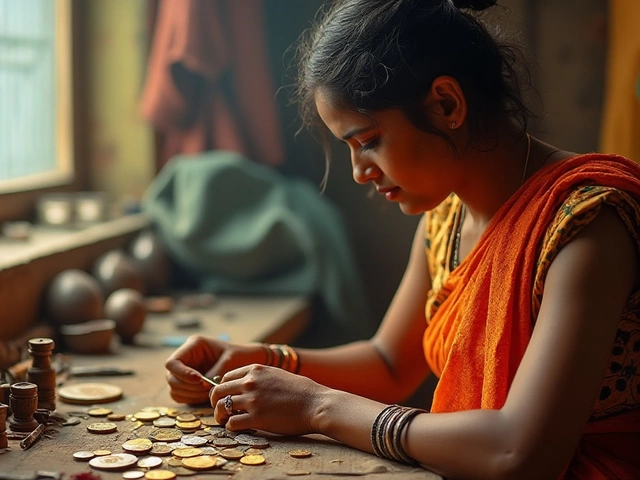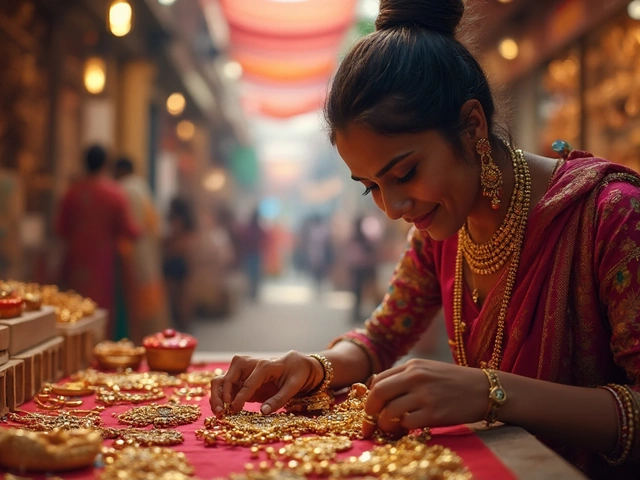Unmarried Girls – Tradition, Fashion & Modern Choices
When talking about Unmarried Girls, young women in India who have not yet married and often balance cultural expectations around jewelry, clothing, and social rituals. Also known as single women, they face questions like whether they can wear certain ornaments or choose specific outfits for festivals. This dynamic mix of tradition and personal taste shapes daily decisions, from choosing a pair of earrings for a family gathering to picking a saree for a college event. Understanding these choices helps you see why unmarried girls often become trend‑setters while still honoring age‑old customs.
One of the most talked‑about accessories is Red Bangles, circular bracelets traditionally linked to marriage and auspicious occasions. Historically, red bangles signal a woman’s eligibility and are given during pre‑wedding rituals, but today many unmarried girls wear them as a style statement or to celebrate festivals like Karva Chauth. The color red is believed to bring good luck, and the clink of glass bangles is said to ward off negative energy. Modern designers now offer red bangles in various materials—glass, resin, even gold‑plated—making it easy for unmarried girls to blend heritage with runway flair. When you pair them with a simple kurta or a contemporary lehenga, the bangles instantly add a cultural punch without breaking any social codes.
Cultural Dress and Modern Accents
Traditional Indian Dresses, garments like sarees, salwar kameez, and lehengas that reflect regional heritage and are worn for festivals and celebrations form the backbone of many unmarried girls' wardrobes. Whether it’s a bright Bengal cotton saree for a summer wedding or a sleek black salwar for a college party, the choice of fabric, pattern, and drape tells a story about the wearer’s roots and personal style. These outfits often come with dress codes: some families prefer modest cuts, while others encourage bold prints. The flexibility of Indian textiles lets unmarried girls experiment—mixing a traditional skirt with a Western‑style blouse, or adding contemporary embroidery to a classic silhouette.
Adding a Waist Chain (Kamarband), a decorative band worn around the waist, symbolizing health, prosperity, and sometimes marital status is another way to mix old and new. While originally a bridal ornament, today many unmarried girls wear kamarbands as a fashion accessory, especially with high‑waisted trousers or folk‑inspired dresses. The metalwork can be simple silver or elaborate gold‑plated pieces studded with stones, allowing the wearer to express personal taste while nodding to cultural symbolism. Pairing a waist chain with a cotton lehenga or a breezy maxi dress creates a layered look that feels both grounded and fresh.
The conversation around jewelry, dress, and personal expression for unmarried girls is constantly evolving. In the articles below you’ll find practical tips on wearing red bangles, guide‑lines for choosing the right traditional dress, and ideas for styling waist chains in everyday outfits. Dive in to see how cultural heritage blends with modern style, and discover the best ways to add that extra touch to your wardrobe.
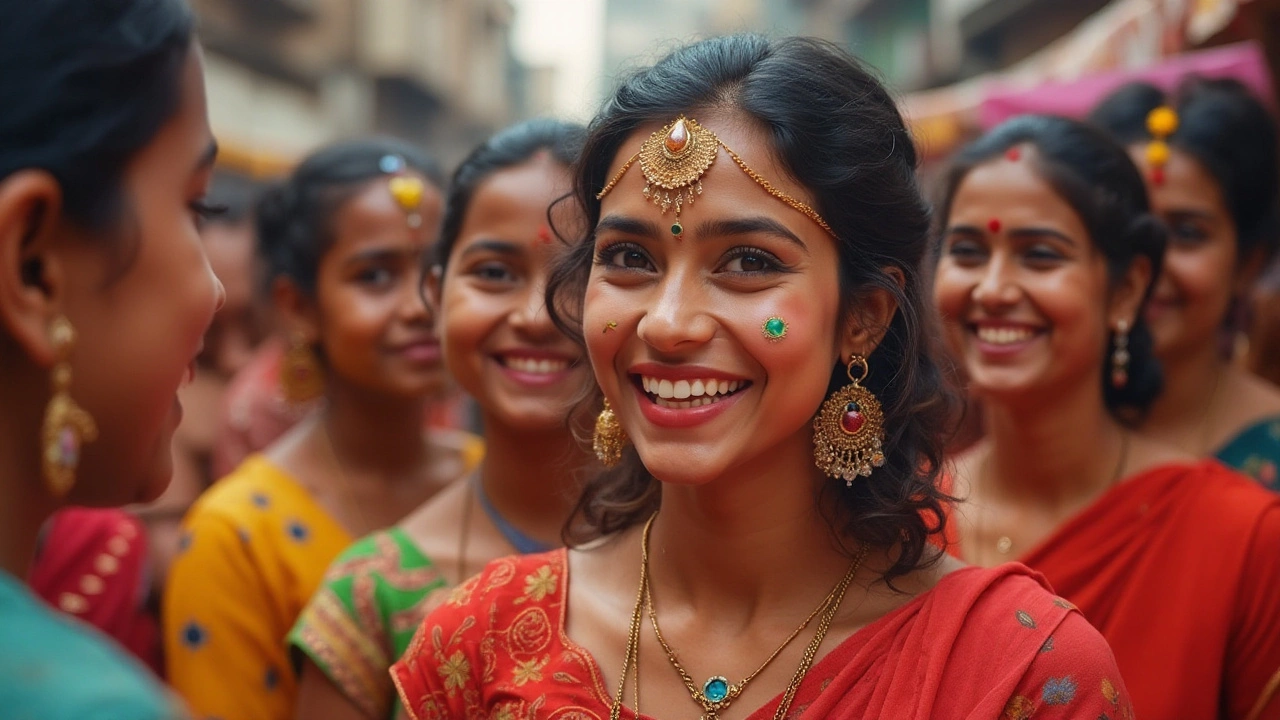
Cultural Significance of Bindis for Unmarried Women in India
The bindi, a small decorative mark worn on the forehead, carries a rich cultural significance in India. Often associated with married women, many wonder if an unmarried girl can wear a bindi. This article explores the vibrant history, symbolism, and cultural norms surrounding bindis, shedding light on its broader acceptance among all women regardless of marital status. Dive into the insights and stories behind this beautiful tradition.
read more